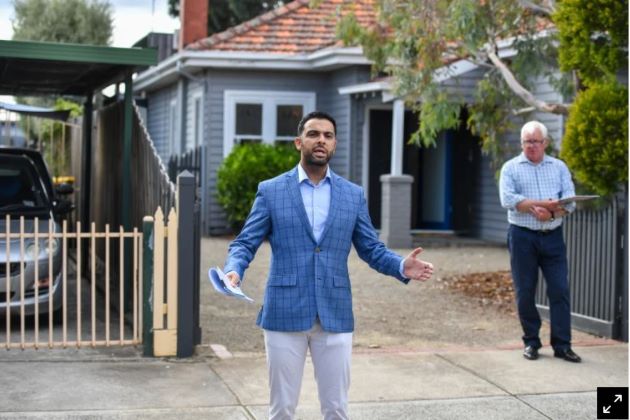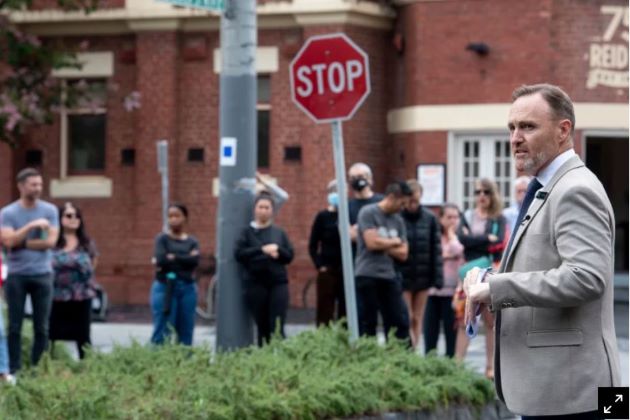First home buyers who scrape into the property market on a low deposit could face almost $1000 extra in monthly mortgage repayments by the end of next year as interest rates rise.
First time buyers can purchase with a 5 per cent deposit and avoid lenders’ mortgage insurance under the federal government’s Home Guarantee Scheme.
With the recently announced price cap increases, a Sydney buyer will be able to purchase a $900,000 property with a $45,000 deposit, although in practice, to get an $855,000 loan the buyer would likely need to be a couple.
Mortgage repayments on a loan that size would be $3595 a month now, based on the current average variable interest rate of 2.98 per cent, Canstar modelling shows.
Someone who bought the same property with a 20 per cent deposit would face a slightly smaller, albeit still sizeable jump of $772.
Melbourne buyers will be able to look at $800,000 properties with a $40,000 deposit. Today’s repayments of $3196 a month would rise to $4012 by the end of next year, an increase of $816.
If that buyer had a 20 per cent deposit, their repayments would rise $687.
Canberra buyers on a low deposit face a jump in repayments of $765, Brisbane buyers face $714, and the gap is $612 for Adelaide, Perth, Hobart and Darwin.
Canstar group executive financial services Steve Mickenbecker said potential buyers thinking about whether to use the scheme should consider that it means taking out a bigger loan than if they had a 20 per cent deposit, and making larger repayments.

“Your loan’s [up to] $135,000 higher, so you’ve got to be able to repay that in the first instance,” he said.
“Interest rates are going to go up, so the impact of that’s bigger again … You’re up for a significantly higher repayment and that could stress your budget.”
AMP Capital chief economist Dr Shane Oliver said some borrowers are much better prepared than others, noting the contrast between those who have had more time to get ahead on their loan compared to newer buyers.
About 40 per cent of borrowers have used the last few years to make extra repayments because they already had a loan and are now well ahead, he said.
Another group of 25 to 30 per cent are set for a substantial increase in their repayments, and the rest are in between, he said.
“Most households will be able to withstand it but there’s a significant group of households with a mortgage who would see quite a significant increase in their payments and that group is more at risk.”

On the ground, mortgage brokers said prospective buyers are well aware of the looming rate rise, but are mostly focused on trying to secure a property in an expensive market.
“It’s not like there’s a panic, people are quite aware of it,” Mortgage Choice Blaxland, Penrith and Glenmore Park principal Rob Lees said.
He works through the cost of different-sized rate rises with clients so they can consider their potential future repayments. The bank regulator also changed its home lending rules late last year, so borrowers must be able to repay their loan if interest rates rise 3 percentage points, up from a previous buffer of 2.5 percentage points, a rule change that reduced the maximum amount some buyers could borrow by about 5 per cent.
Some existing borrowers have asked about refinancing, but Lees starts by ringing their current bank to ask for a better rate. He also advises borrowers to calculate how much their repayments could be if rates go up one or two percentage points.
Melbourne mortgage broker Andrew Kostanski, of Andine Financial, said clients have been asking about rate rises and he has been having conversations about their buffer, but said many are not stretched to their limits.
“People aren’t too perturbed about it, people are just trying to get into a home,” he said
“They’re all just so delighted they can actually bid at an auction, and get something off the plan that has finally settled, that that’s the least of their concerns at the moment.”
Article Source: www.brisbanetimes.com.au
from Queensland Property Investor https://ift.tt/z8bfZgI
via IFTTT